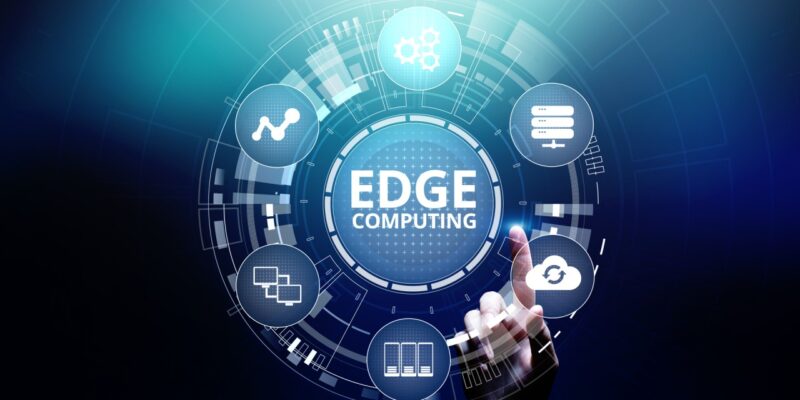In the rapidly evolving tech landscape, “Edge Computing” is emerging as a game-changer, promising to revolutionize how we handle data. This blog delves into the ascent of edge computing, unpacking its principles and exploring its transformative potential for the future.
Understanding Edge Computing In the traditional data processing model, information is sent to a centralized cloud server. Edge computing, on the other hand, processes data closer to its origin, at the network’s “edge.” This decentralized approach significantly reduces latency and amplifies real-time processing capabilities, particularly beneficial for applications demanding instant responses.
Key Principles of Edge Computing
- Proximity: Minimizing the physical distance between data source and processing for enhanced efficiency.
- Low Latency: Reducing processing delays to bolster the performance of applications across industries.
- Bandwidth Efficiency: Optimizing bandwidth use by processing data locally, curbing the need for extensive data transfers.
Applications of Edge Computing
- IoT Devices: Enabling quick and efficient data processing to support the proliferation of IoT devices.
- Autonomous Vehicles: Facilitating real-time decision-making for self-driving cars.
- Healthcare: Enhancing healthcare applications by processing patient data at the source for timely responses.
Benefits of Edge Computing
- Improved Performance: Boosting application performance by reducing processing time.
- Enhanced Security: Ensuring data security by processing sensitive information locally instead of transmitting it over long distances.
- Cost Efficiency: Leading to cost savings by diminishing the need for extensive cloud infrastructure.
Conclusion: As we witness the rise of edge computing, its transformative influence on data processing becomes increasingly evident. From heightened performance and improved security to cost efficiency, the advantages are diverse. Edge computing isn’t just a trend; it’s a revolution poised to shape the future of data processing, promising a more responsive and efficient digital ecosystem across industries.



















Comments